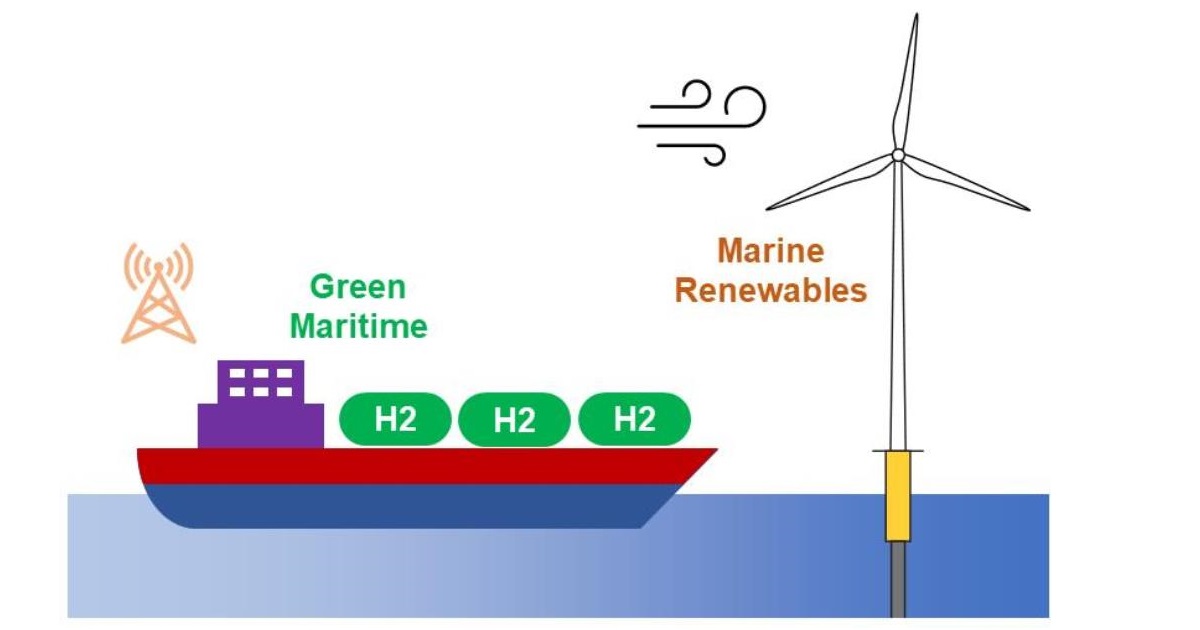Marine Technology: Latest Advancements and Prospects
A special issue of Journal of Marine Science and Engineering (ISSN 2077-1312). This special issue belongs to the section "Ocean Engineering".
Deadline for manuscript submissions: 10 May 2024 | Viewed by 1019

Special Issue Editors
Interests: offshore renewable energy; maritime engineering; marine structural reliability; digital twin; limit state design; structural optimization; design for manufacturing
Interests: offshore wind farm operation and maintenance; wind turbine condition monitoring; failure diagnosis and prognosis; digital twin technology; reliability and risk assessment
Interests: nonlinear structural mechanics; computational solid mechanics; engineering application by data processing technique; ocean and shore technology including offshore, marine, and subsea engineering
Special Issue Information
Dear Colleagues,
From ocean energy to maritime transport, marine technology stands as a cornerstone in the foundation of modern society's prosperity. The landscape of this sector has undergone a profound transformation, driven by technological advancements and evolving societal needs over the last decade. Notably, hybrid simulation combining high-fidelity numerical modelling and remote monitoring has become achievable owing to the enhanced computational capacity/capability and sensing technology. Moreover, the climate emergency requires the collaborative efforts of all stakeholders to work towards a more sustainable marine sector and to harness the offshore renewable energies.
This Special Issue offers a platform for experts to disseminate the latest cutting-edge advancements related to marine technology, thereby facilitating knowledge exchange between academia and industry.
We welcome submissions of original research articles and reviews relevant to the overarching theme, including, but not limited to, the following:
- Marine hydrodynamics;
- Marine structural mechanics;
- Marine hydroelasticity;
- Green marine technology;
- Ocean renewable energy;
- Digitalization in marine technology;
- Fabrication and manufacturing;
- Automatic control of marine systems.
Dr. Shen Li
Dr. Mingxin Li
Dr. Do Kyun Kim
Guest Editors
Manuscript Submission Information
Manuscripts should be submitted online at www.mdpi.com by registering and logging in to this website. Once you are registered, click here to go to the submission form. Manuscripts can be submitted until the deadline. All submissions that pass pre-check are peer-reviewed. Accepted papers will be published continuously in the journal (as soon as accepted) and will be listed together on the special issue website. Research articles, review articles as well as short communications are invited. For planned papers, a title and short abstract (about 100 words) can be sent to the Editorial Office for announcement on this website.
Submitted manuscripts should not have been published previously, nor be under consideration for publication elsewhere (except conference proceedings papers). All manuscripts are thoroughly refereed through a single-blind peer-review process. A guide for authors and other relevant information for submission of manuscripts is available on the Instructions for Authors page. Journal of Marine Science and Engineering is an international peer-reviewed open access monthly journal published by MDPI.
Please visit the Instructions for Authors page before submitting a manuscript. The Article Processing Charge (APC) for publication in this open access journal is 2600 CHF (Swiss Francs). Submitted papers should be well formatted and use good English. Authors may use MDPI's English editing service prior to publication or during author revisions.
Keywords
- fluid–structure interaction
- limit state-based structural design
- wind/wave/tidal energy systems and structures
- digital twin
- decarbonization of maritime transport
- structural monitoring and inspection
- hybrid simulation
- automatic control






